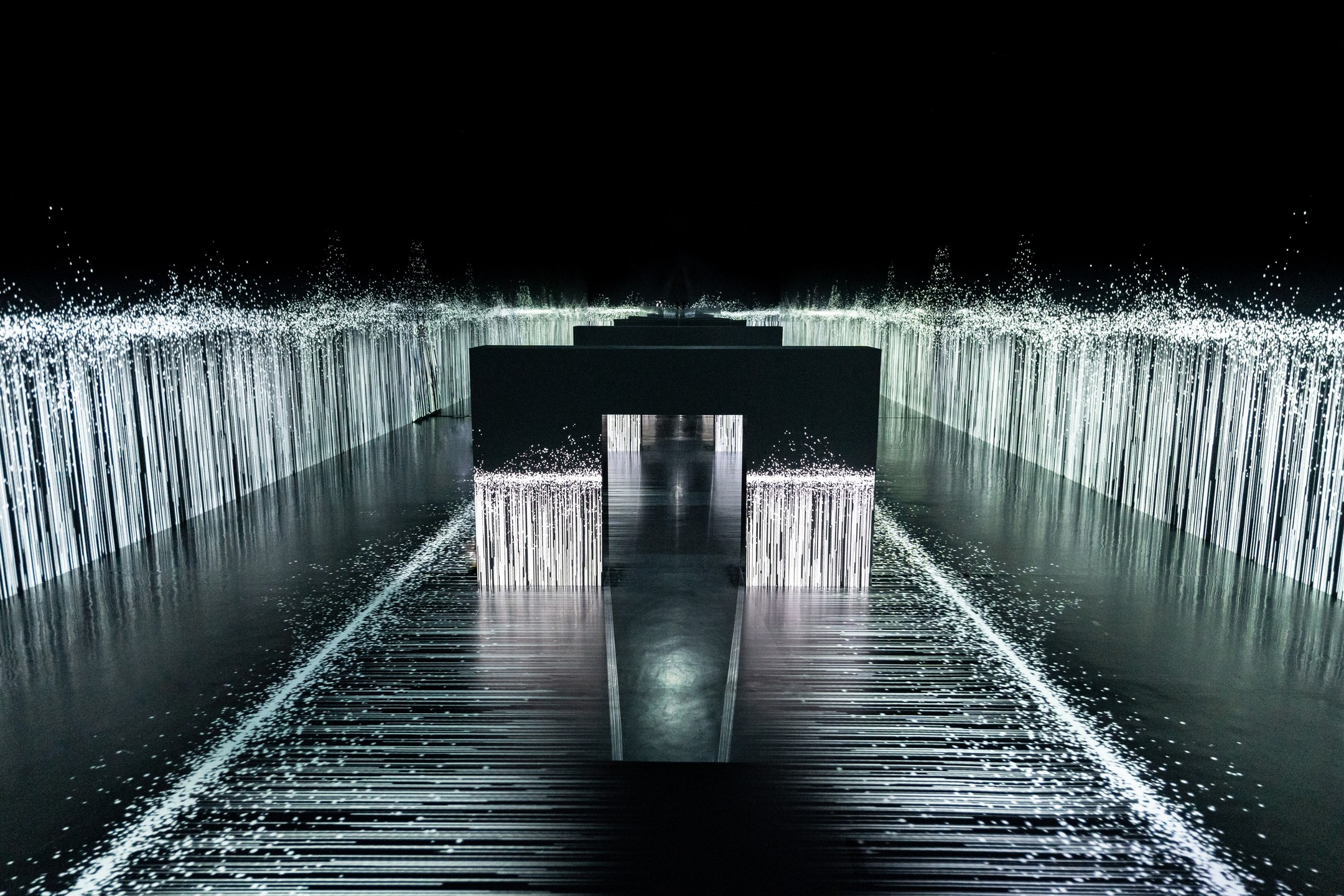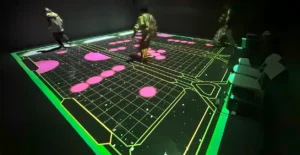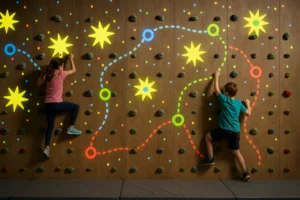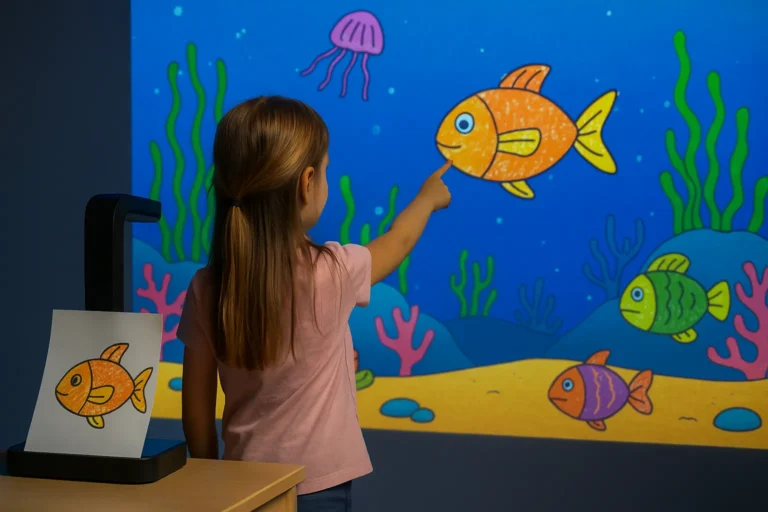The Rise of Immersive Art and Technology Museums
Redefining Art Exhibitions
At the forefront of this revolution is the museum of immersive art and technology. This section explores how these museums use advanced emulators and projection systems to create breathtaking, immersive experiences. We’ll delve into how they’ve redefined what an art exhibition can be, creating spaces where art isn’t just seen—it’s experienced.
These museums employ various technologies such as:
- Projection mapping: Projects dynamic visuals onto physical surfaces, transforming walls, floors, and even entire rooms into living canvases.
- Virtual reality: Creates a fully immersive environment where visitors can interact with digital art using VR headsets.
- Augmented reality : Overlays digital elements onto the real world, allowing visitors to engage with art in a new way through their smartphones or tablets.
- Interactive installations: Respond to visitor movements or touch, creating a dynamic and personalized experience.

Interactive Immersive Art Museums: Engaging the Senses
Interactive visuals offer a multitude of benefits for both museums and visitors:
- Enhanced Engagement: Interactive experiences capture the attention of a wider audience, particularly younger generations accustomed to digital interaction.
- Deeper Connection with Art: The ability to step inside an artwork fosters a deeper understanding and appreciation for the artist’s vision.
- Accessibility: Interactive visuals can cater to diverse learning styles and make art more accessible for those with disabilities.
- Educational Value: Interactive elements can provide additional information about the artwork or artistic movements in a fun and engaging way.
Exploring the Realm of Immersive Digital Art Museums
While exciting, implementing interactive visuals presents some challenges:
- Cost: The technology behind immersive experiences can be expensive, from acquiring equipment to creating custom software.
- Technical Expertise: Integrating and maintaining complex systems requires specialized technical expertise.
- Preservation: Ensuring the longevity of digital art installations and maintaining their artistic integrity is an ongoing challenge.
The Rise of Interactive Immersive Van Gogh Art Museums
The past decade has witnessed a surge in interactive immersive art museums worldwide. These museums are pushing the boundaries of art appreciation, attracting new audiences, and breathing new life into the museum experience. A few notable examples include:
- TeamLab Borderless (Tokyo, Japan): This museum features an ever-evolving digital art wonderland with interactive installations that blur the lines between visitor and artwork.
- Meow Wolf (Santa Fe, USA): This immersive experience house creates fantastical, interactive exhibitions that invite visitors to explore multi-dimensional worlds.
- Van Gogh Immersive Experience: This traveling exhibition allows visitors to step into the vibrant world of Van Gogh’s paintings through large-scale projections and immersive soundscapes.
Custom Immersive Art Museum Cost
The cost of creating a custom immersive art museum can vary significantly depending on factors like:
- Size and Scale: Larger museums require more equipment and infrastructure, driving up the price.
- Technology Employed: The complexity of the interactive elements directly impacts the cost.
- Content Creation: Developing original digital artwork or licensing existing content adds to the overall cost.
While it’s difficult to pinpoint an exact price, estimates suggest that a custom immersive art museum experience can range from hundreds of thousands to several million dollars.

FAQs
Yes, there are affordable VR experiences and AR apps available that can provide a taste of the immersive art world.
Immersive digital art museums utilize interactive technology and motion-responsive visuals, offering a dynamic, engaging, and personalized art experience, unlike the static displays of traditional galleries.
Yes, immersive art experiences can be tailored to various spaces and themes, allowing for a wide range of customizations to fit specific venue requirements.














